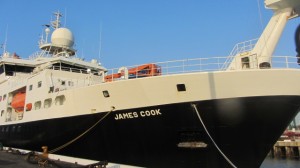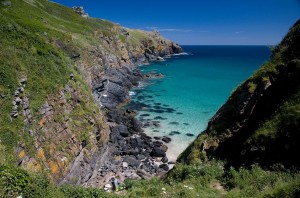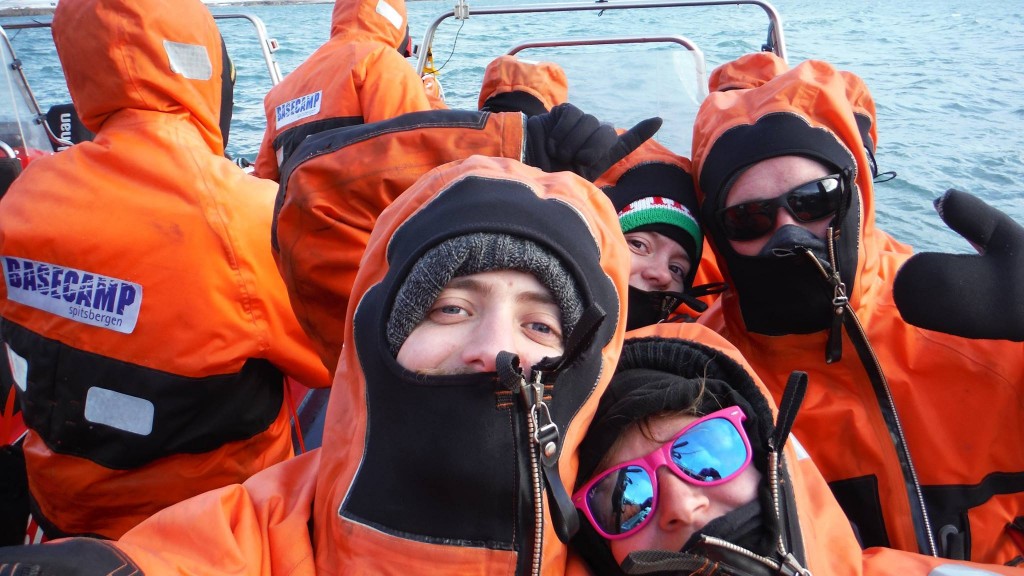Talking about glowing sharks, here it is a very cool text published in the live science blog.
"Fearsome-looking creatures that live in the near-dark to pitch-black waters of the deep sea, dragon fish wouldn't seem to have much need for eyes, let alone the ability to see color. However, some dragon fish have rapidly evolved from blue-light sensitivity to red-light sensitivity, and then back to blue again.
Continue reading →






